Iatrogenic blood loss in extreme preterm infants due to frequent laboratory tests

Extreme preterm infants lose almost one-third of their total blood volume in the first month of life as a result of blood loss due to multiple blood draws for laboratory investigations, and procedures” Counsilman et al (2019). Abstract: Objective: To evaluate the cumulative amount of iatrogenic blood loss in extreme preterm infants during the first […]
Patterns of phlebotomy blood loss in extremely low birth weight infants

Characterize frequency and volume of blood draws and transfusions in extremely low birth weight infants in the first 10 weeks of life” Puia-Dumitrescu et al (2019). Abstract: OBJECTIVE: Characterize frequency and volume of blood draws and transfusions in extremely low birth weight infants in the first 10 weeks of life. STUDY DESIGN: We included infants […]
Surveillance system for decreasing neonatal nosocomial infections
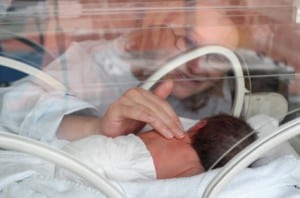
Surveillance systems are useful to reduce nosocomial infection in VLBW infants. Reduction in antibiotic and CVC use requires longer intervention time” Estañ-Capell et al (2019). Abstract: BACKGROUND: Nosocomial infection in very low birthweight (VLBW) infants is a common complication with high morbimortality. New strategies to reduce its occurrence have recently led to the development of […]
Reduction of neonatal hospital-acquired infections
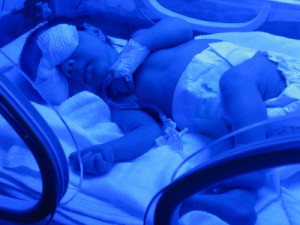
Central line associated blood stream infection episodes decreased from 15.2 to 2.29 episodes per 1000 catheter days (P = .004)” Flidel-Rimon et al (2019). Abstract: We instituted quality improvement program. We compare the infection rate before (2011-2012) and after (2013-2015). Central line associated blood stream infection episodes decreased from 15.2 to 2.29 episodes per 1000 catheter days […]
Blood culture result profile and antimicrobial resistance pattern
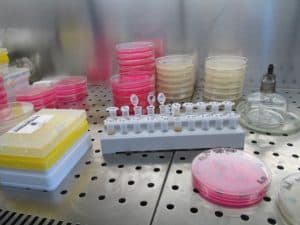
The objective of this study was to evaluate patterns of bacterial isolates and local antimicrobial susceptibility patterns in neonatal sepsis” Sorsa et al (2019). Abstract: Background: Antimicrobial resistance is one of the major public health emergencies worldwide, and this trend didn’t spare developing countries like Ethiopia. The objective of this study was to evaluate patterns […]
Skin disinfection prior to central venous catheter insertion in preterm neonates

This study will inform the feasibility and design of the first randomised controlled trial to examine the safety and efficacy of alcohol-based versus aqueous-based chlorhexidine antiseptic formulations for skin disinfection prior to percutaneous central venous catheterisation in preterm neonates” Clarke et al (2019). Abstract: INTRODUCTION: Catheter-related sepsis is one of the most dangerous complications of […]
Use of needleless connectors in neonates
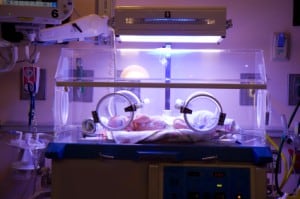
To compare the duration of patency of peripheral intravenous cannulas between continuous infusion and intermittent flushing, while using a needleless intravenous connector in newborns admitted to the neonatal intensive care unit (NICU)” Hoff et al (2019). Abstract: Objective: To compare the duration of patency of peripheral intravenous cannulas between continuous infusion and intermittent flushing, while […]
Vascular access options for neonates undergoing cardiac surgery

Neonates undergoing congenital heart surgery require central venous access for diagnostic information and medication administration. There are multiple options for central access including peripherally inserted central catheters, umbilical, central venous, and transthoracic intracardiac lines” Stein et al (2019). Abstract: Neonates undergoing congenital heart surgery require central venous access for diagnostic information and medication administration. There […]
Improved visualization of PICC on chest radiographs of neonates

The aim of this study is to evaluate the ability of Fractional Multiscale image Processing (FMP) to detect PICC tips on the digital chest radiographs of neonates” Hammon et al (2019). Abstract: BACKGROUND: Peripherally inserted central catheters (PICCs) provide secure intravenous access for the delivery of life-sustaining medications and nutrition. They are commonly used in […]
Bundles to reduce catheter-associated bloodstream infections in neonates

This systematic survey includes a total of 27 studies published between 2002 and 2016 on the benefit of preventive bundles for the prevention of central-line associated bloodstream infections (CLABSI) in neonatal intensive care” Schmid et al (2018). Abstract: This systematic survey includes a total of 27 studies published between 2002 and 2016 on the benefit […]
Risk factors associated with adverse events in neonates with PICC
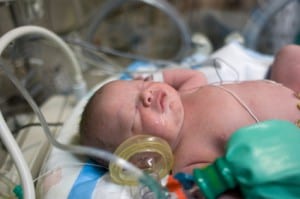
The aim of the study was to describe the occurrence of adverse events in newborns with peripherally inserted central catheters and to determine the risk factors associated with them” Padilla-Sánchez et al (2018). Abstract: BACKGROUND: Peripherally inserted central catheters have become a priority in infants who require long-term intravenous therapy, but their use involves certain […]
Does ultrasound guidance for PICC insertion reduce the incidence of tip malposition?
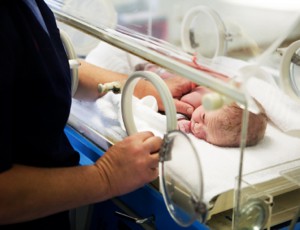
The aim of the study was to evaluate the incidence of peripheral inserted central catheter (PICC) tip malposition when the catheter is inserted under real-time ultrasound (RTUS) guidance when compared with conventional landmark (CL) technique in neonates” Oleti et al (2018). Abstract: OBJECTIVE: The aim of the study was to evaluate the incidence of peripheral […]
Outcomes associated with the use of 2.6-Fr double-lumen PICCs in neonates
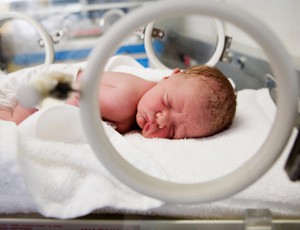
To determine feasibility of 2.6-French (Fr) double-lumen PICCs in newborns and compare noninfectious complications such as thrombus formation, catheter breakage, infiltration, and accidental dislodgment and central line-associated bloodstream infection (CLABSI) rate with that of newborn infants treated with 1.9-Fr single- and double-lumen PICCs” OʼMalley et al (2018). Abstract: BACKGROUND: Low birth-weight infants’ survival continues to […]
Ultrasound protocol to determine the upper extremity PICC location in neonates

To assess whether a limited ultrasound (US) scanning protocol to monitor the upper extremity peripherally inserted central catheter (PICC) location in neonates is feasible for experienced US operators” Motz et al (2018). Abstract: OBJECTIVES: To assess whether a limited ultrasound (US) scanning protocol to monitor the upper extremity peripherally inserted central catheter (PICC) location in […]
Training for ultrasound-guided vascular access to small vessels in neonates

Critically ill neonatal and pediatric patients often require central vascular access. Real-time ultrasound guidance for central venous catheterization is beneficial. Because the diameter of central veins is much smaller in neonates than in adults, extensive training is needed to master the visualization and catheterization of central veins in neonates” Wagner et al (2018). Abstract: OBJECTIVES: […]
How to calculate optimal PICC insertion length in neonates
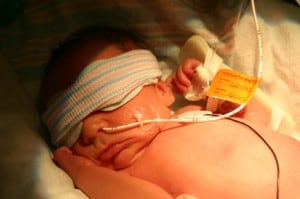
The tip location of PCVCs should be checked by an X-ray after the procedure. The present study aimed to determine an equation to estimate the optimal insertion length of PCVCs in neonates prior to the procedure” Chen et al (2018). Abstract: BACKGROUND: In neonatal intensive care units, a percutaneous central venous catheter (PCVC) is inserted […]
Elective replacement of intravenous cannula in neonates-a randomised trial

The reported incidence of extravasation injury is as high as 70% in the neonatal and paediatric population and has an association with cannula dwell time” Chin et al (2018). Abstract: Peripheral intravenous cannula (PIVC) insertion is one of the most common invasive procedures performed in neonates and is frequently associated with adverse events. There are […]
PICC placement in medical-surgical neonatal intensive care units

To compare outcomes of peripherally inserted central catheters (PICCs) placed in the upper extremity (UE) versus the lower extremity (LE) in a quaternary medical-surgical neonatal intensive care unit (NICU)” Elmekkawi et al (2018). Abstract: OBJECTIVE: To compare outcomes of peripherally inserted central catheters (PICCs) placed in the upper extremity (UE) versus the lower extremity (LE) […]
Umbilical catheter-related complications identified with ultrasound
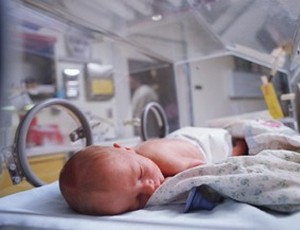
This pictorial review illustrates the sonographic findings of complications that should be excluded in the sick neonate with an indwelling catheter” Selvam et al (2018). Abstract: Umbilical catheters are commonly used in the neonatal period for blood sampling or for administering medication or parenteral nutrition. The position of the catheter is usually confirmed with radiography. […]
Neonatal pain control with sucrose or skin to skin care
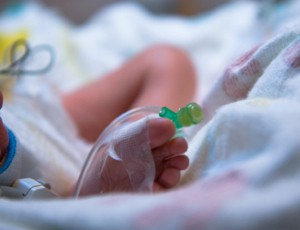
To compare the efficacy of SSC with oral Sucrose for pain management in preterm neonates” Shukla et al (2018). Abstract: Objective: To compare the efficacy of SSC with oral Sucrose for pain management in preterm neonates. Methodology: Parallel-group, assessor-blinded randomized control trial conducted from February-June 2017 at a level 3B-NICU. Hundred preterm neonates (29-0/7 to […]

